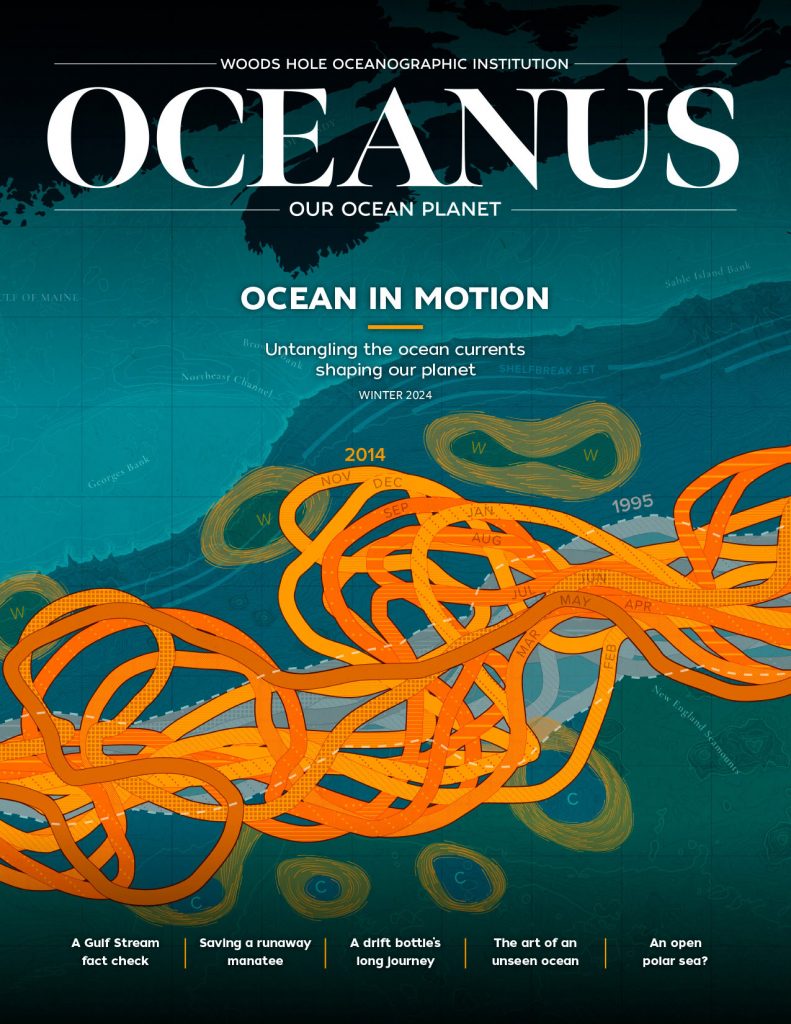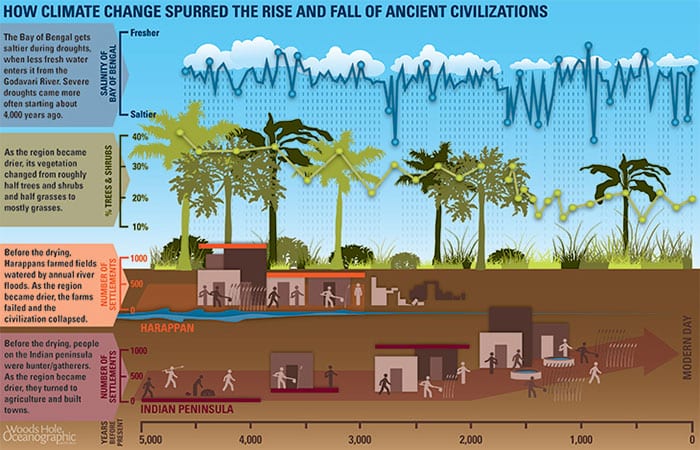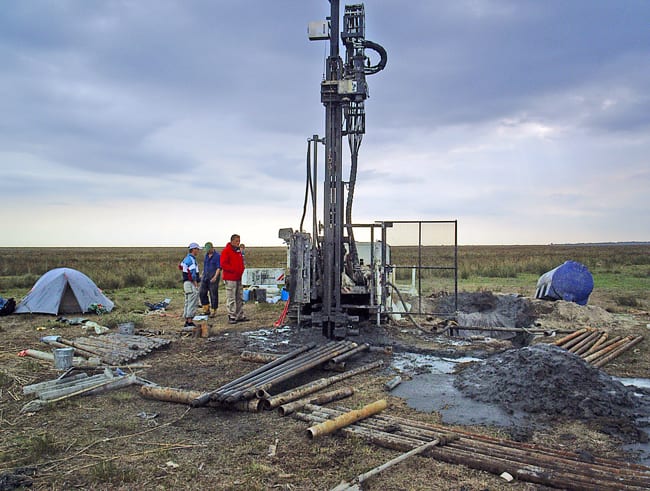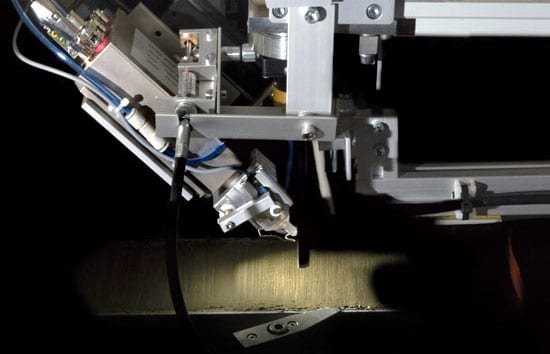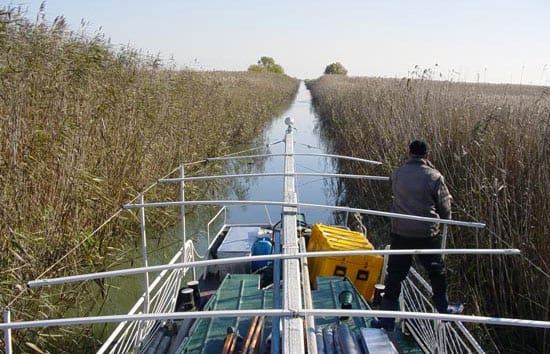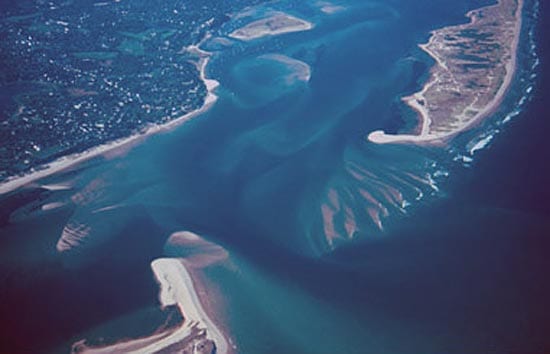Liviu Giosan
Refine by
Date
Topic:
Article Type
Special Series
Author
Climate Change Spurred Fall of Ancient Culture
The Harappans may be the most advanced ancient civilization that most Westerners have never heard of. They flourished in the Indus River basin on the Indian subcontinent around the same time the Egyptians were building…
Sam Zipper
It might seem strange that Sam Zipper spent his summer on balmy Cape Cod studying the western Canadian Arctic. But for Zipper, examining sediment cores from the Mackenzie River Delta with Woods Hole Oceanographic Institution…
Noah’s Not-so-big Flood
A long time ago, whether your time frame is biblical or geological, the Black Sea was a large freshwater Black “Lake.” It was cut off from the Mediterranean Sea by a high piece of land…
Analyzing Ancient Sediments at Warp Speed
Like a toy out of a science fiction story, the X-ray fluorescence core scanner reveals intimate details of the composition of ancient mud and sediment–which can contain a variety of clues about past climate and environmental conditions on Earth–without breaking the surface. In a matter of hours, the XRF simultaneously captures digital photographs and X-ray images of every millimeter of a core sample, while detecting the presence of any of 80 chemical elements.
The Once and Future Danube River Delta
?The Danube River Delta is like the Everglades,? said Liviu Giosan, who grew up near the Romanian wetlands. The triangle-shaped, sediment-rich region at the mouth of the Danube River is also rich with human history. A traditional maritime culture persists on the delta, and the United Nations has declared the region a World Heritage site. The Danube Delta is also a great place for a geologist to study how the coast stretches, contracts, and undulates with time?and human interference.
Rising Sea Levels and Moving Shorelines
Changes to the shoreline are inevitable and inescapable. Shoals and sandbars become islands and then sandbars again. Ice sheets grow and shrink, causing sea level to fall and rise as water moves from the oceans to the ice caps and back to the oceans. Barrier islands rise from the seafloor, are chopped by inlets, and retreat toward the mainland. Even the calmest of seas are constantly moving water, sand, and mud toward and away from the shore, and establishing new shorelines.
